LNG conversion strategy ramps up to ensure power sources for Vietnam
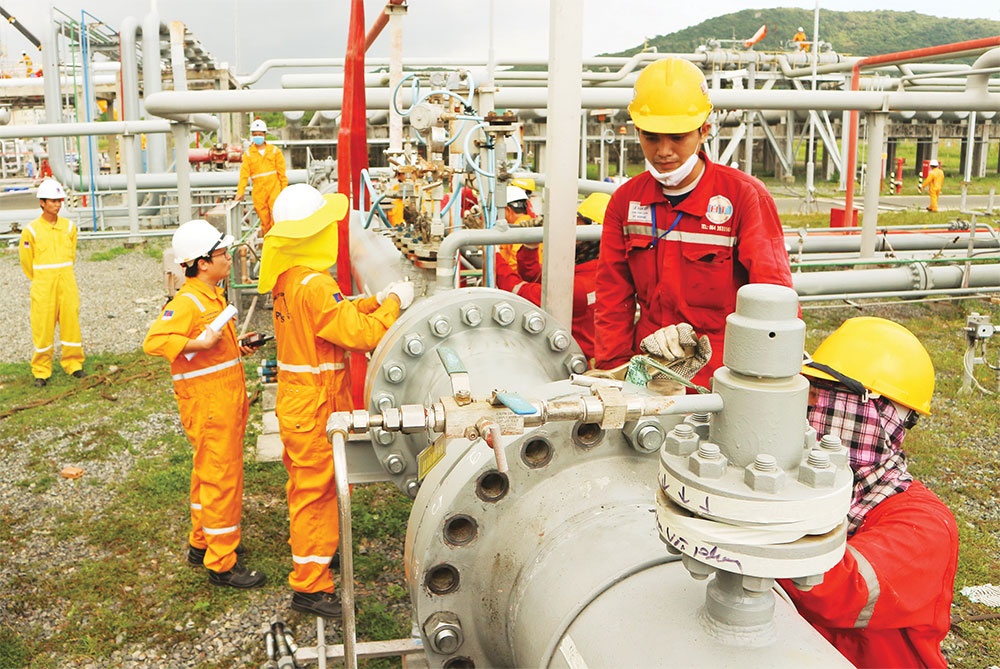 |
| The switch to LNG is necessary but complex, with delayed projects suffering from implementation issues |
Meetings between the Ministry of Industry and Trade (MoIT) and 13 liquefied natural gas (LNG)-to-power plants will be held every three months starting September. According to Minister of Industry and Trade Nguyen Hong Dien, the meetings will review the implementation progress of projects as committed and submit reports to the prime minister and the aational steering committee for electricity development in accordance with current regulations.
This move indicates that relevant stakeholders are stepping up implementation of LNG-fired power projects in Vietnam in line with May’s approval of the Power Development Plan VIII (PDP8) for 2021-2030 with a vision towards 2050. According to the decision, coal-fired electricity sources that are facing difficulty in implementation will be replaced with LNG electricity sources or renewable energy.
Hoang Tien Dung, director of the Department of Electricity and Renewable Energy under the MoIT, said that the PDP8 “has hindered the growth” of coal-fired power plants and is focused on the rapid development of LNG power plants as well as gas import and distribution infrastructure.
The PDP8 determines that by 2030, the total capacity of LNG power sources for the domestic demand will reach 22,400MW, accounting for almost 15 per cent of the nation’s total generation capacity.
Analysts said that Vietnam’s energy transition is further driven by a number of factors, including the successful shipment of nearly 70,000 tonnes of LNG to the Thi Vai LNG terminal. What is more, there have been a number of new infrastructure projects gaining approval for investment. They include the $1.3 billion Son My LNG terminal warehouse project by a joint venture of PV GAS and US-based AES Corporation in the south-central province of Ninh Thuan.
| Nguyen Cong Ly - Chairman Cong Thanh Thermal Power JSC
Cong Thanh has sent a written proposal to Thanh Hoa People’s Committee to report to the prime minister for approval of the coal-to-LNG conversion of the Cong Thanh thermal power project. This proposal is based on the actual implementation of the project. This is based on the list of LNG thermal plants as outlined in May by the prime minister. Nghi Son town of Thanh Hoa province is among the potential backup locations for projects behind progress or unable to be implemented. It means the Cong Thanh thermal power plant is being deployed in a suitable location in line with the planning and orientation for the deployment of LNG-to-power plants. |
Committed to conversion
According to the MoIT’s direction, it is time to speed up the coal-to-LNG conversion of thermal power plants in Vietnam.
The Cong Thanh thermal power plant is one of the projects being proposed to the government. There are strong conditions for the investor to complete and put the project into operation by the end of this year, and fully convert to LNG by 2028, in line with the PDP8 goals.
Thanh Hoa People’s Committee submitted a document in July asking to consider and approve the conversion of the power plant from coal into imported LNG with a capacity of 1,500MW.
According to Thanh Hoa’s leaders, the proposal mentions considering the conversion proposal of the Cong Thanh project in the official PDP8 implementation plan.
Projects that are overdue according to regulations will not be considered for extension. If other projects cannot be implemented after two years, they are proposed to be replaced with LNG or renewable energy sources.
“The construction and operation of LNG thermal power plants are crucial for national energy security this decade,” said MoIT Minister Dien. “Therefore, if any project is behind schedule, the MoIT will report to the government and the prime minister to delay the progress of such projects, accelerate backup projects, or calculate other alternatives to ensure system safety and electricity supply for the country.”
Last month, the investor of the Cong Thanh project said the company had completed a capital arrangement with Actis Investment Fund, and it has been in negotiation to form partnerships with the US’ General Electric (GE) to provide equipment, and the UK-based BP to supply LNG. The company has also secured clean premises for the conversion.
The plant will have the total investment capital of $2 billion, and it is slated to be located in Nghi Son Economic Zone. There is an LNG port warehouse of 18.3 hectares nearby and an LNG port water surface of 100ha.
After conversion, the Cong Thanh plant will use combined-cycle gas turbine technology. The project consumes 1.2-1.5 million tonnes of LNG per year and generates the average annual electricity output to the grid from 3.9 billion kWh to nine billion kWh.
Avoiding delays
“BP is currently discussing potential cooperation with Cong Thanh on the proposed development of an LNG-to-power project together with two other international parties,” said the source of BP in Singapore. “Our ambition is to be a net-zero company by 2050 or sooner, and the proposed project with Cong Thanh aligns with our sustainability aims, including delivering more clean energy to the public and supporting the communities where we operate.”
A source close to the project told VIR that negotiations for a partnership between Cong Thanh and GE are underway.
However, according to Cong Thanh Thermal Power JSC chairman Nguyen Cong Ly, the company has actively implemented the necessary conditions, but it has to wait for other sufficient solutions for the project to be realised. The opportunity within its reach would slip away to obtain important agreements, both in terms of arranging capital sources and selecting international equipment suppliers.
Cong Thanh is looking to avoid issues that have plagued other large-scale LNG-to-power projects. Despite a partnership with foreign corporations, the Bac Lieu LNG power plant project remains stagnant, frustrating everybody involved.
According to the initial plan, Bac Lieu was to spend 12 months from the date of issuance of the investment certificate in 2020 completing the investment preparation procedures. This was to be followed by 36 months of implementation, construction, installation of gas pipelines to shore, and operation of gas turbines.
The project was hoped to reach a capacity of 750MW in the first phase by the end of 2023 and capacity of 3,200MW by 2028. The project is led by Delta Offshore Energy, with cooperation from Bechtel, GE, and McDermott.
However, even without taking into account the impact on the national power supply plan, the delay in implementing the initiative is also having an impact on GE, which is the main equipment supplier for the project.
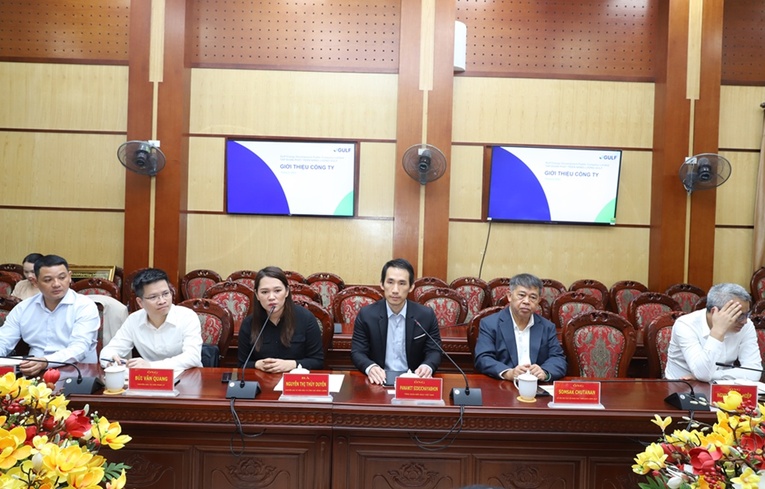 | Gulf Energy plans to invest in infrastructure and utility services in Thanh Hoa Gulf Energy Development Group from Thailand arrived in the central province of Thanh Hoa to study investment opportunities in energy, infrastructure, and utility services. |
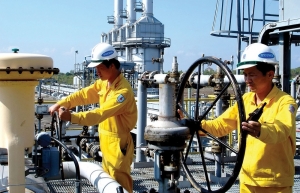 | Weight still placed on imported LNG Vietnam’s growing dependence on imported liquefied natural gas could cause a hike in power production costs. |
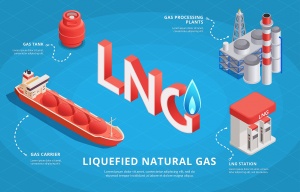 | Vietnam's LNG power projects face contractual hurdles and rising import costs Vietnam's ambitious journey into liquefied natural gas (LNG) power projects is facing stumbling blocks, as protracted contract negotiations threaten the progress of key initiatives. |
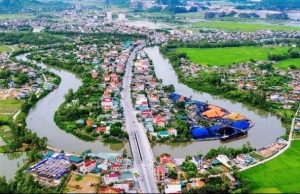 | Nghe An promotes development of Quynh Lap LNG-fueled power project The People's Committee of central Nghe An province has requested relevant departments, branches, localities and agencies to strictly implement assigned tasks to ensure quality and development progress of Quynh Lap liquefied-natural-gas (LNG)-fueled power project. |
What the stars mean:
★ Poor ★ ★ Promising ★★★ Good ★★★★ Very good ★★★★★ Exceptional
Related Contents
Latest News
More News
- Driving double-digit growth through green and circular transformation in Vietnam (December 17, 2025 | 09:00)
- Standard Chartered and ACCA deepen collaboration to develop Vietnam’s talent for a sustainable future (December 15, 2025 | 18:18)
- Schaeffler reports strong early output from Dong Nai solar project (December 12, 2025 | 15:16)
- Forestry conference highlights biodiversity and sustainability goals (December 09, 2025 | 13:35)
- Home Credit honoured among top 10 sustainable companies in trade and services (December 09, 2025 | 12:18)
- SCG and seven member companies honoured in Top 100 Sustainable Businesses 2025 (December 08, 2025 | 09:00)
- Nestlé Vietnam pioneers sustainable development and promotes business connections (December 06, 2025 | 12:09)
- CSI 2025 highlights rise of Vietnam’s green champions (December 06, 2025 | 09:00)
- Acecook Vietnam named among top 100 sustainable businesses (December 06, 2025 | 08:00)
- Vietnam’s forest carbon credits draw global interest (December 05, 2025 | 17:41)


 Tag:
Tag:






















 Mobile Version
Mobile Version